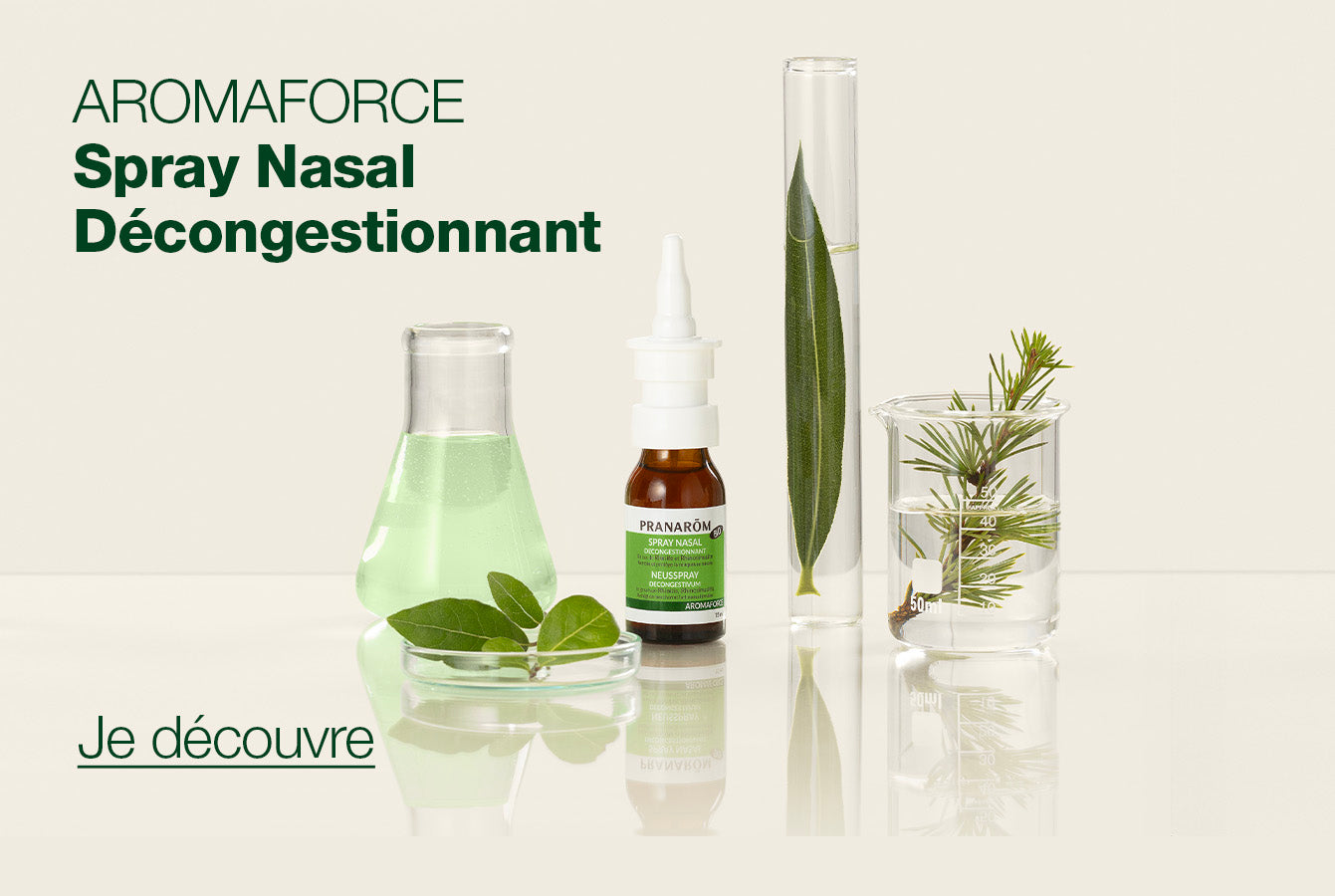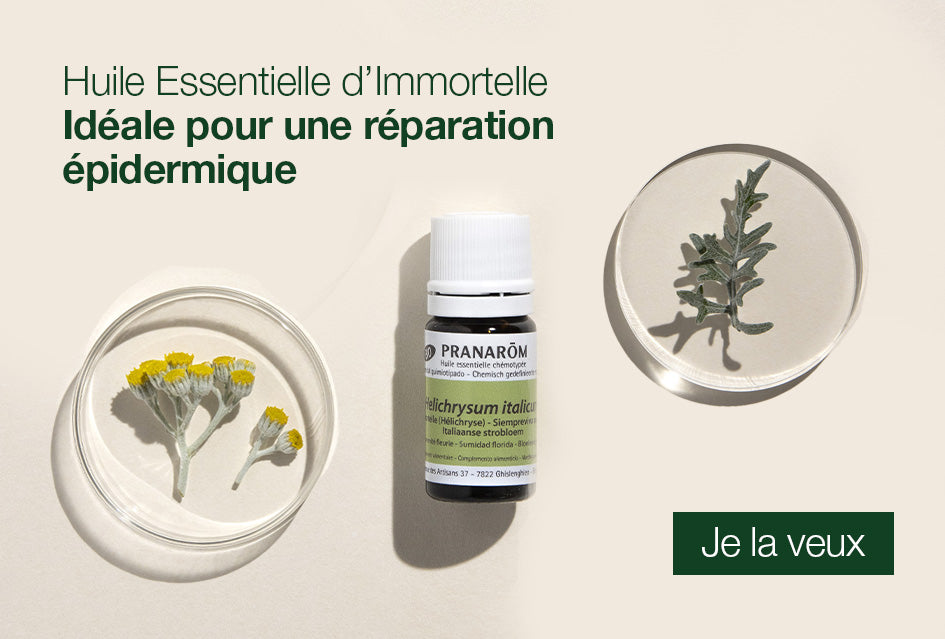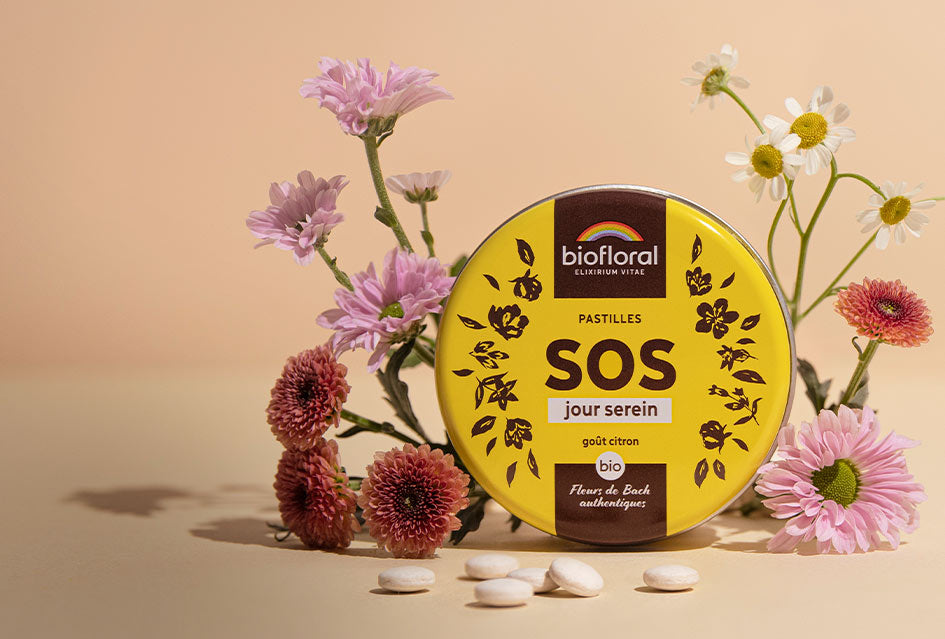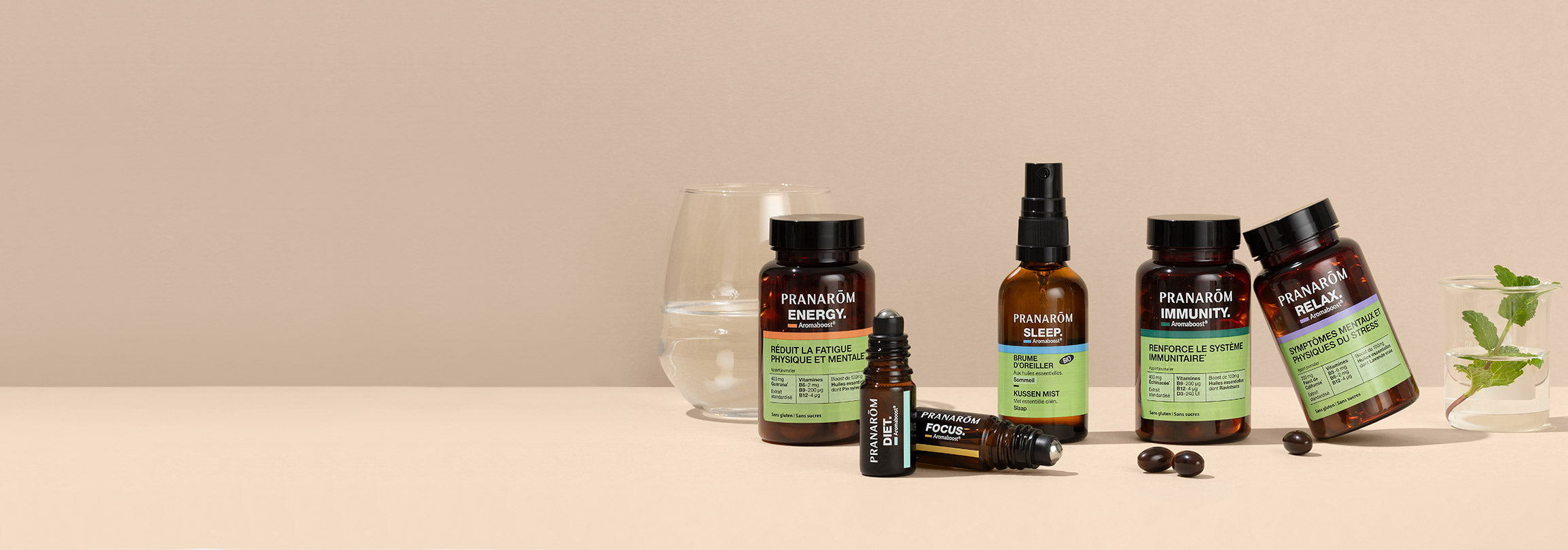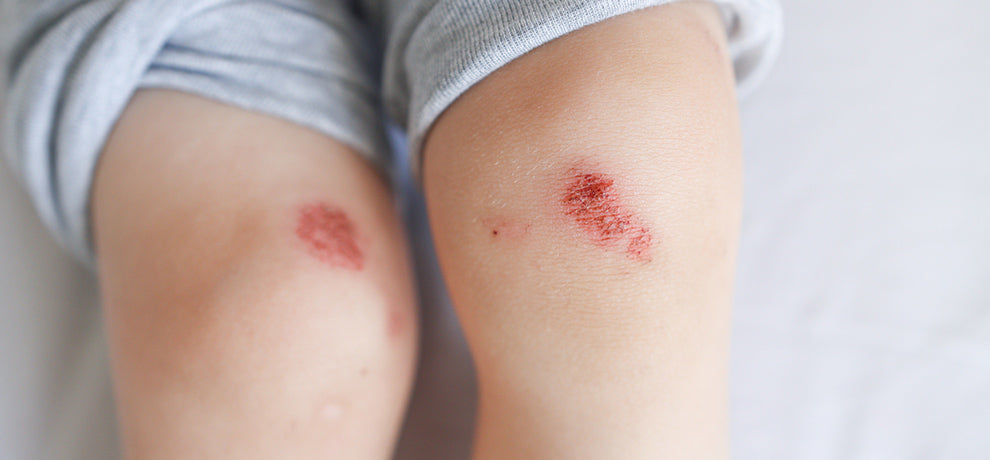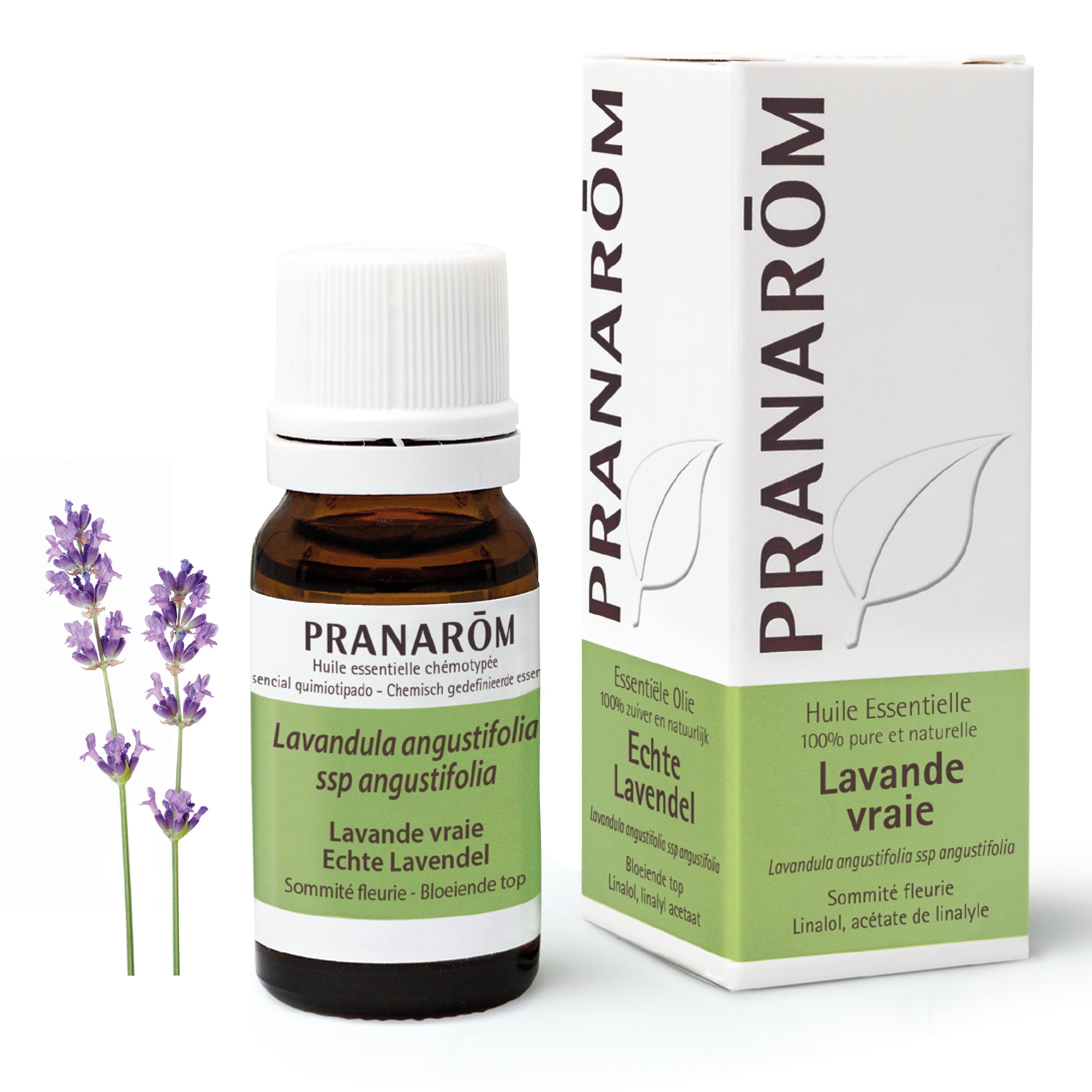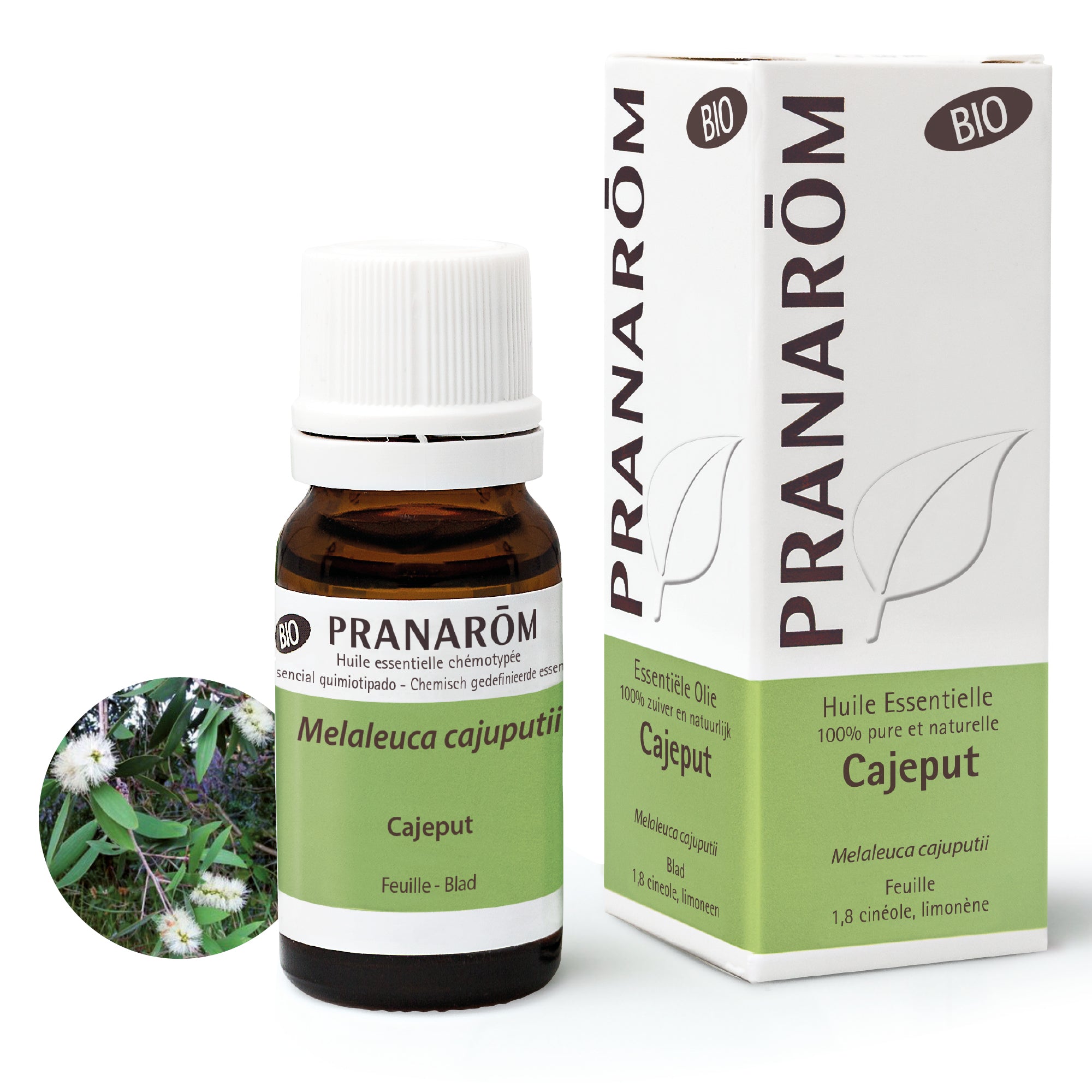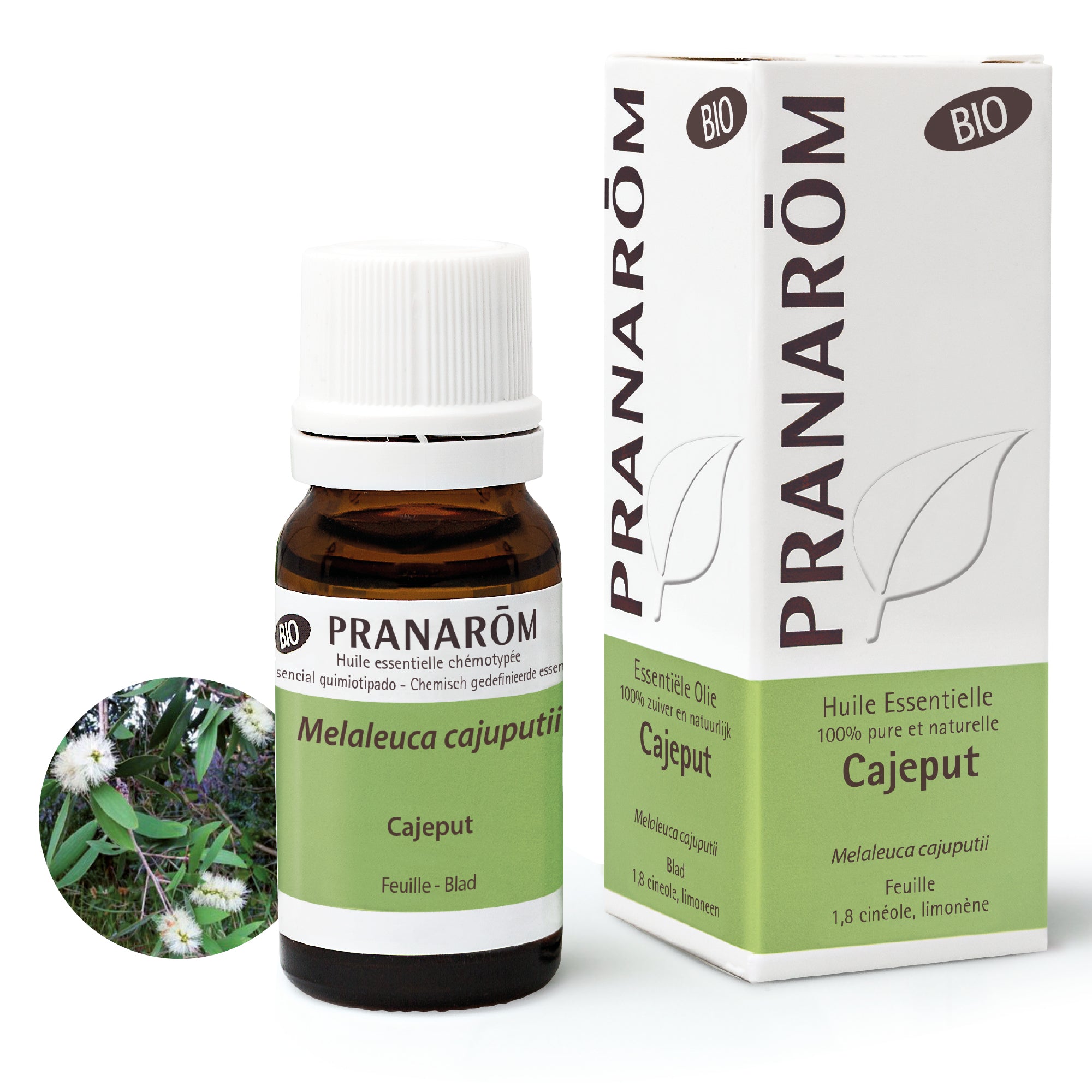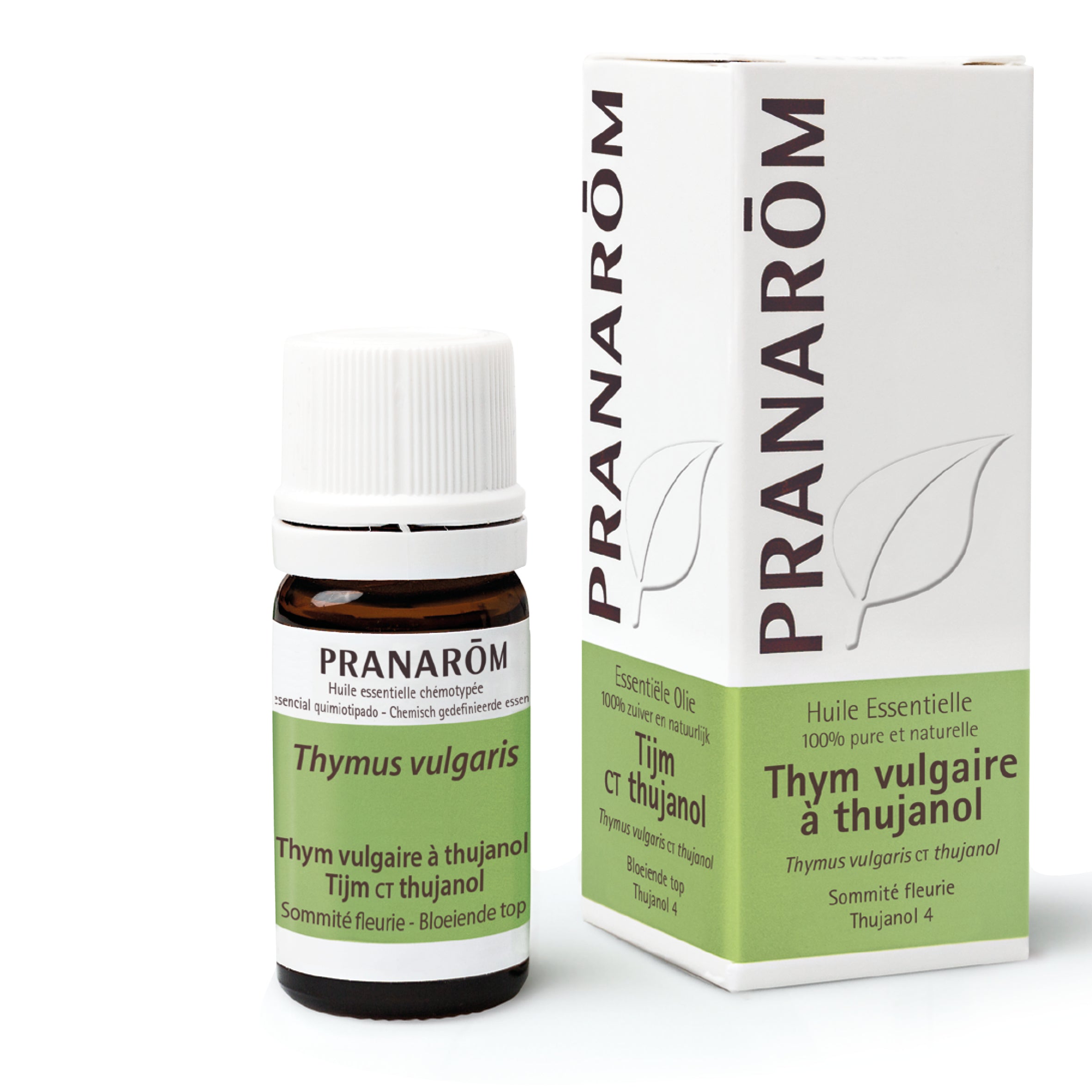Healing essential oil: how to heal your wounds naturally?
In his book " Aromatherapy: Healing with Essential Oils ", Dominique Baudoux offers many formulas based on Essential Oils that have a curative purpose for the skin. One of them treats wound healing, with true lavender in particular. In dermatology, the question of wound healing is indeed crucial. Find out which healing essential oils are the best for healing faster.
True lavender, recommended by Dominique Baudoux
A clinical study shows that the use of True Lavender Essential Oil is appropriate for the care and healing of post-episiotomy wounds. This reinforces our idea of adding True Lavender Essential Oil to our healing preparations.
A healing formula for wounds : Dominique Baudoux, aromatologist pharmacist, gives us in his book "Aromatherapy, healing with Essential Oils" the following formula for wounds:
- CEST Ladaniferous Rockrose (cistus ladaniferus) : 1 drop;
- HECT True lavender (lavandula angustifolia) : 3 drops;
- HECT Cajeput (melaleuca cajuputii) : 2 drops;
- HECT Thyme CT Thujanol or Marjoram CT Thujanol (origanum majorana CT thujanol): 2 drops
- Directions for use: 3 to 4 drops of the mixture on the wound 4 times a day for 4 to 5 days.
It is obvious that this formula, which uses pure essential oils on the skin, is only suitable for superficial wounds and is not suitable for pregnant or breastfeeding women or children under 6 years old. This formula gives pride of place to true lavender, which is recommended here for its cleansing and soothing action at the same time. If necessary, it is possible to dilute with a vegetable oil .
Why choose a healing essential oil?
Healing essential oils are a natural and effective option to support skin regeneration after an injury, cut or surgery. They are widely recognized for their antiseptic, anti-inflammatory and regenerative properties , which help maintain healthy skin and optimize the healing process.
One of the main reasons to use healing essential oils is their ability to support the healing process by promoting tissue regeneration. For example, oils like spike lavender or rosemary verbenone can help with skin cell repair, which is essential for reducing the appearance of scars and promoting faster healing. It speeds up the healing of a pressure sore, for example.
Additionally, these essential oils have natural antiseptic properties , which means they can keep the wound clean, reducing the risk of infection. This is especially important to avoid complications during the healing process. Tea Tree, for example, is an essential oil known for its powerful antibacterial and antifungal properties , which supports the skin by preventing infections while promoting healing.
Using healing essential oils therefore offers a natural and chemical-free approach, which is ideal for those looking for gentle but effective alternatives.
Focus on the benefits of the best healing essential oils
HECT Rockrose (Cistus ladaniferus)
Cistus Ladaniferus essential oil is particularly recognized for its powerful healing and haemostatic properties. Extracted from the branches and leaves of Cistus ladaniferus, this oil is used in the management of open wounds and to support the healing of cuts. Its haemostatic action helps to stop bleeding, while its astringent properties promote the regeneration of skin tissue, helping to reduce the formation of scars. In addition, its anti-inflammatory action helps to calm irritations and keep the skin soothed, which is crucial for effective healing.
HECT True Lavender (Lavandula angustifolia)
True Lavender essential oil is one of the most versatile and appreciated for its soothing and healing properties. It is particularly useful for supporting the healing of burns, minor cuts and insect bites. Thanks to its regenerative properties, it helps promote the reconstruction of damaged skin cells . In addition, its natural antiseptic action prevents infections, which is essential for a healthy healing process. True Lavender is also known for its anti-inflammatory and soothing properties , making it ideal for calming irritated skin and promoting uncomplicated healing.
HECT Cajeput (Melaleuca cajuputii)
Cajeput essential oil is known for its antiseptic and anti-inflammatory properties , making it an excellent choice for supporting wound healing. Cajeput helps keep wounds clean, reducing the risk of infection, while soothing skin inflammation. This essential oil also promotes tissue regeneration , which is essential for reducing the appearance of scars. Its mild numbing action can also help relieve pain associated with cuts or scrapes, making the healing process more comfortable.
HECT Thyme CT Thujanol or Marjoram CT Thujanol (Origanum majorana CT Thujanol)
Thyme CT Thujanol or Marjoram CT Thujanol essential oil is renowned for its powerful antibacterial and healing properties. It helps protect wounds from infection, which is crucial for rapid and uncomplicated healing. It is also a very good essential oil for athletes ! In addition to its antibacterial action, this essential oil is also anti-inflammatory, which helps reduce redness and swelling around the wound. Its regenerative power promotes the reconstruction of skin tissue, thus helping to minimize the formation of scars. Whether you choose Thyme CT Thujanol or Marjoram CT Thujanol, both oils are effective in supporting healthy and rapid healing .
A clinical study on the benefits of lavender
In the study "Healing advantages of lavender essential oil during episiotomy recovery" (Vakilian K, Atrha M, Bekhradi R, Chaman R, Complement Ther Clin Pract. 2011 Feb;17(1):50-3.), it is discovered that 120 women who had undergone an episiotomy during childbirth participated in a clinical study to evaluate the possible contribution of true lavender essential oil in the healing process.
For this study, 60 out of 120 women were treated with olive oil dosed at 1.5% essential oil and sitz baths with 5 to 7 drops of lavender essential oil in 4 liters of water twice a day for 10 days.
The other 60 women in the control group received routine care with Povidone-iodine. On day 10, the study showed that the group of women treated with lavender had less pain, no cases of edema greater than 2 cm, and significantly reduced redness . The difference with the control group was clear: the contribution of lavender essential oil to the treatment was beneficial.
Conclusion: This case study leads us to believe that it is interesting to add healing Essential Oil of true lavender in the treatment of wounds, even if logically we think much more often of the astringent oils of geranium, cistus or rosewood, often combined with tea tree and chamomile.


